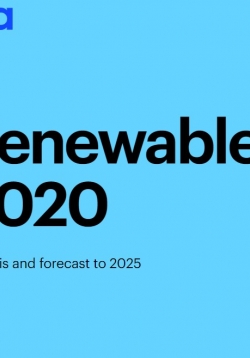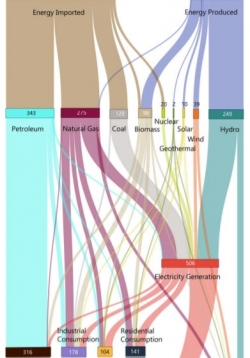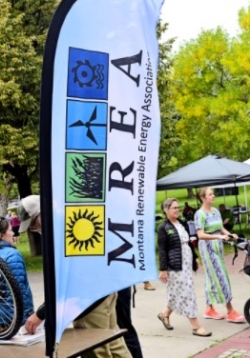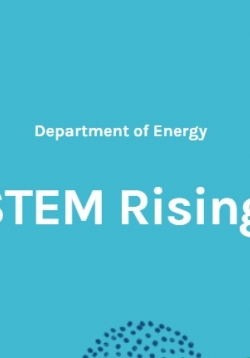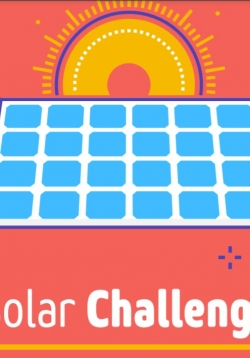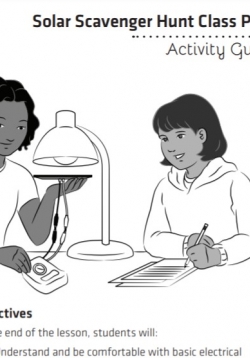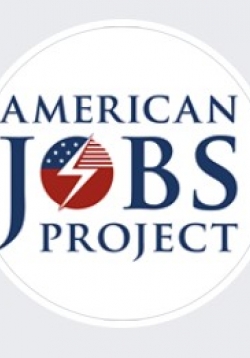The Montana Renewable Energy Association is a membership based 501(c)(3) nonprofit organization founded in 2000. We are businesses, individuals, families, and advocates dedicated to expanding Montana’s use of renewable energy in order to conserve natural resources, create jobs, and increase the independence and resilience of our communities.
Our mission is to expand the use of renewable energy in Montana, to affect public policy in favor of renewable energy, and to educate and inform the residents of Montana of the benefits and uses of renewable energy. Our focus is on-site and community-scale renewable energy such as solar electricity, solar hot water, and small wind generation.


